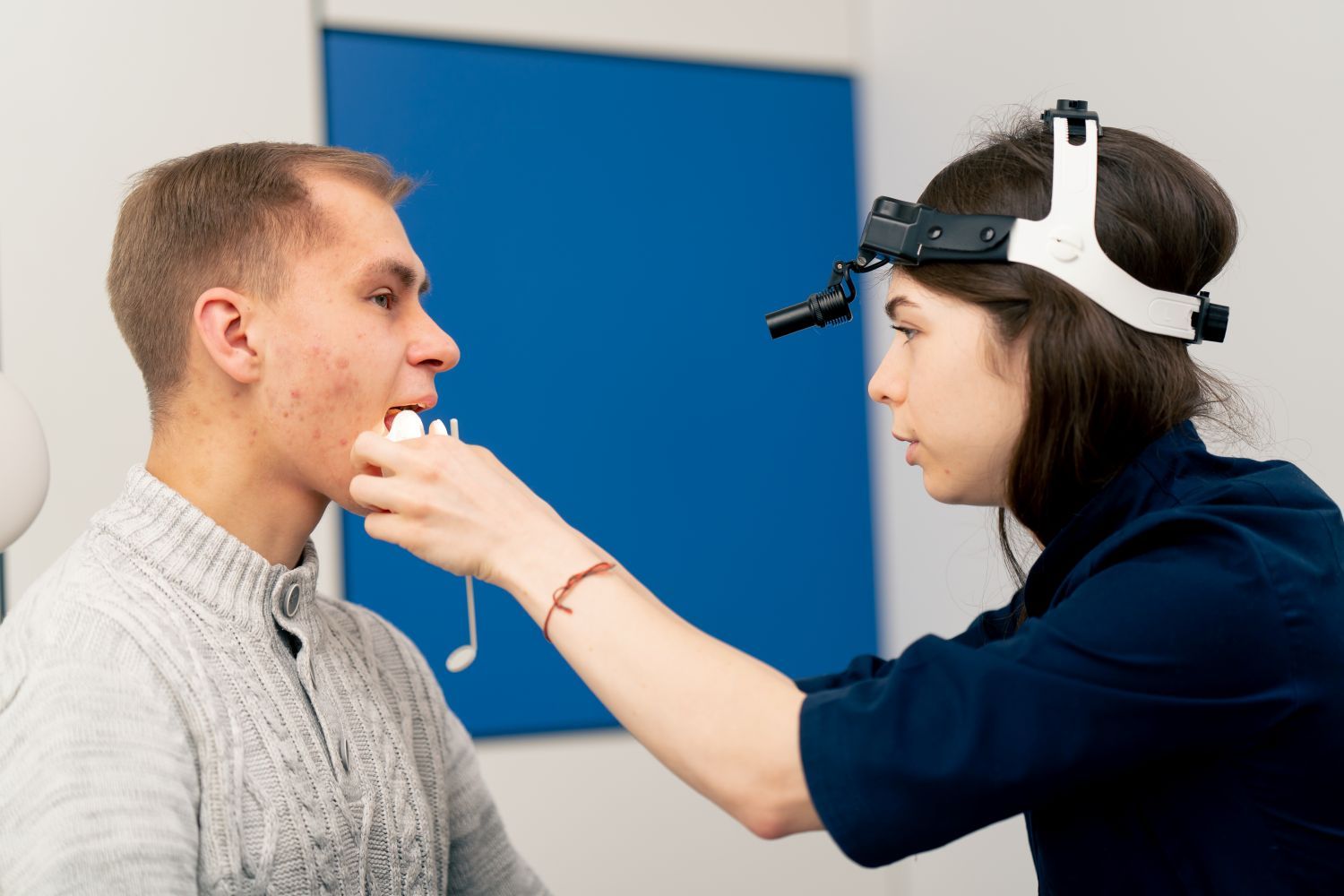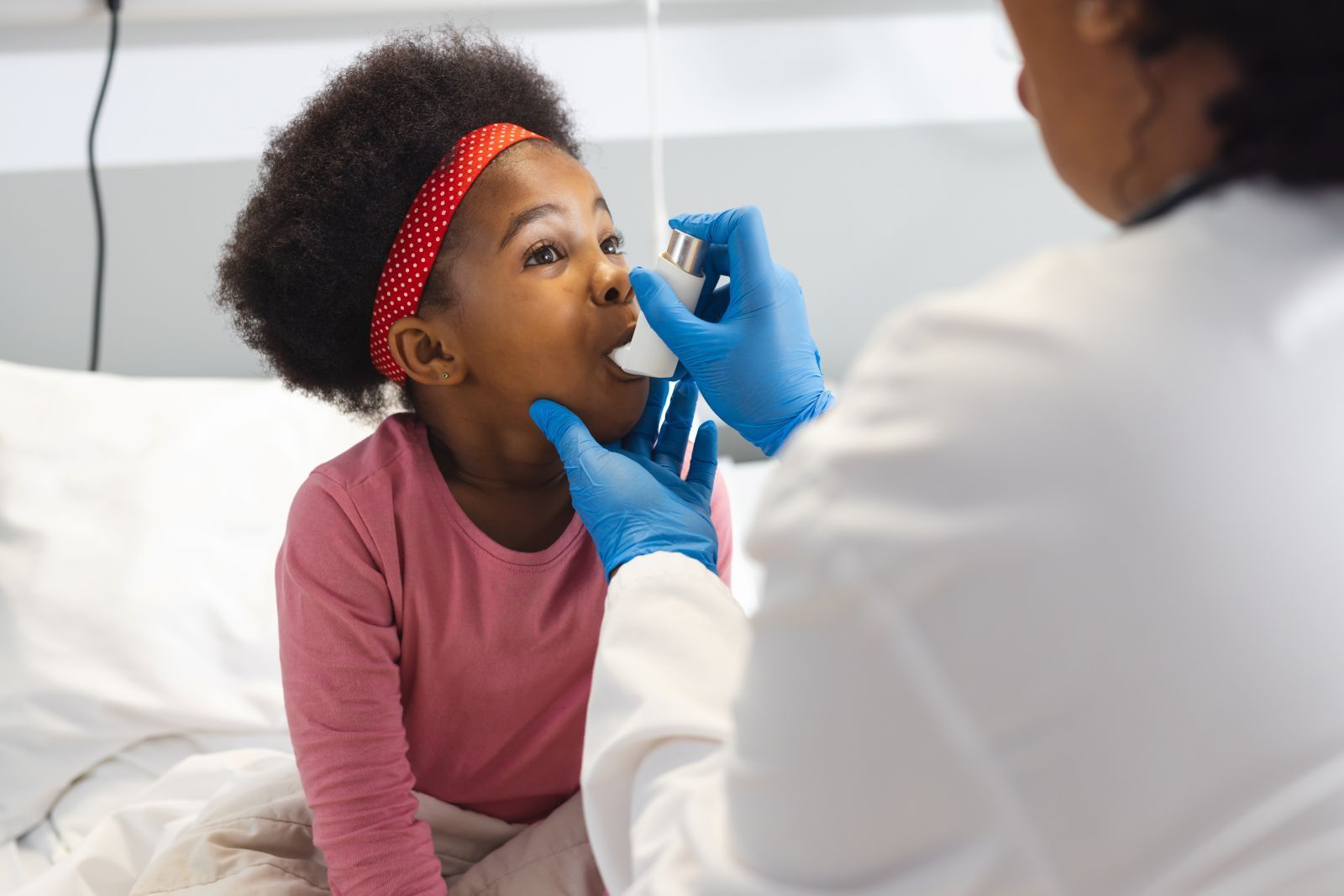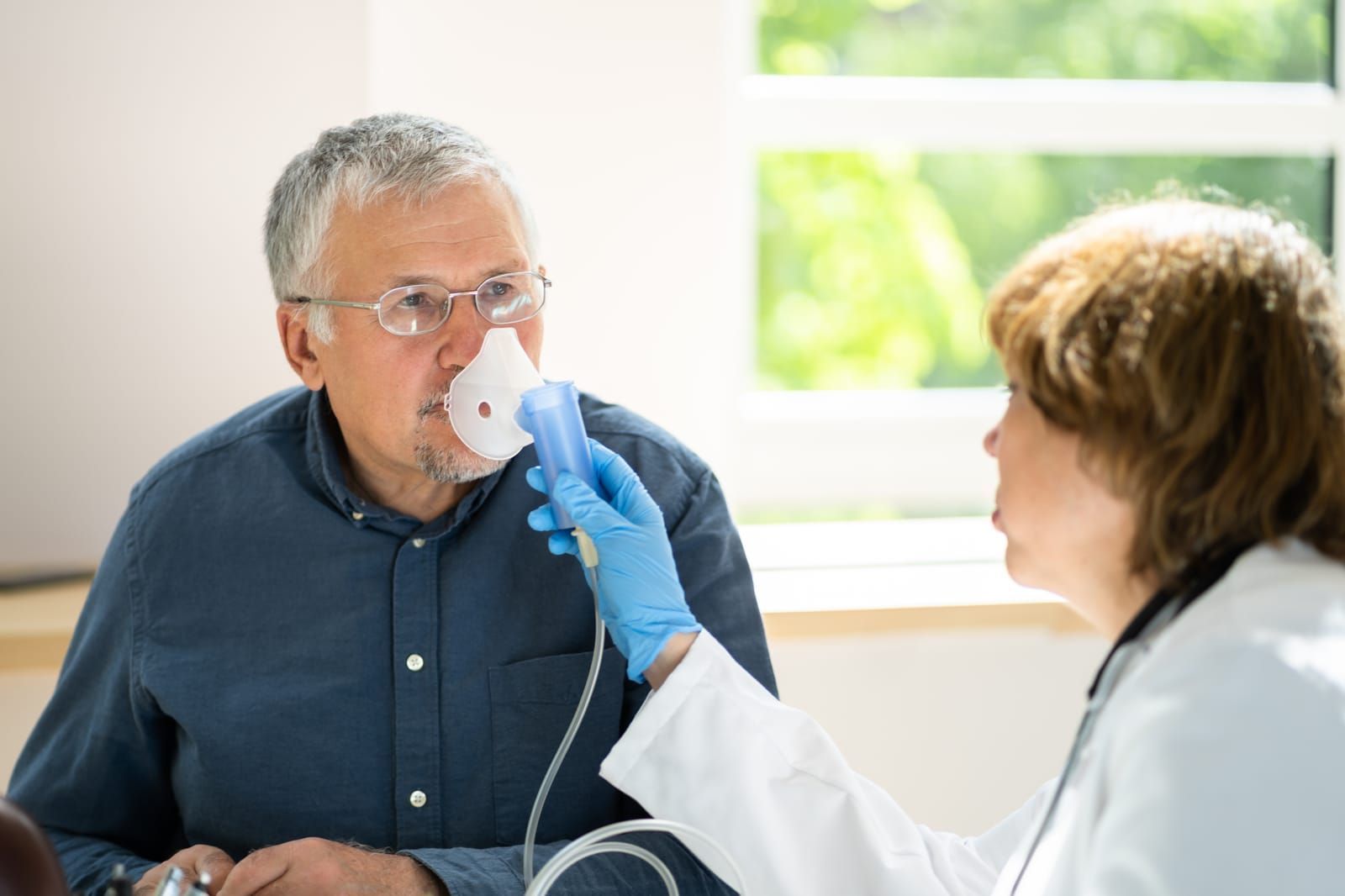When Nasal Polyps Aren't Just Nasal Polyps
The majority of nasal polyps are not cancerous and are spurred by persistent, chronic inflammation of the nose. They, however, occasionally need to be carefully examined to be certain. Polyps often have a smooth surface and a teardrop form. It's possible that little polyps that aren't bothersome won't require treatment. Surgery or medication may be required to address larger polyps that cause issues. Continue reading to find out when a patient requires an urgent consultation with their doctor since these nasal polyps are more serious than they appear to be.
What are Nose and Sinus Tumors?
Nasal and sinus tumors are rare but abnormal growths that start in and around the nasal cavities and sinus passageways. Exposure to various toxins and gases could potentially be a factor.
You may have already read about sinonasal tumors in a previous post of ours as well.
The most typical symptoms of nasal and sinus tumors resemble common conditions such as the common cold or sinusitis. More serious signs and symptoms at a later stage may include:
● Persistent discomfort or numbness in the facial area, especially in the upper cheek
● A watery eye
● A bulging eye
● Neck glands that are swollen
● A recurring growth or bump on your face, nose, or mouth roof
● Double vision or a partial eyesight loss
● Discomfort in one ear
What are the Most Common Benign Sinus Tumors?
Benign sinonasal tumors are relatively rare, the most common being inverted papilloma and squamous papilloma.
1) Inverted Papillomas
Inverted papillomas are benign growths that resemble fingers and extend into the underlying bone of the soft epithelial tissues lining the nasal canals. They may grow quickly and can rarely develop into cancer.
2) Squamous Papilloma
A squamous cell papilloma is a small benign (non-cancerous) growth that starts in squamous cells, which are thin, flat cells found in the tissue that makes up the skin's epidermis, the tubes of the digestive and respiratory tracts, and the lining of the body's hollow organs. Human papillomavirus (HPV) infection leads to squamous cell papilloma.
What are Common Types of Sinus Cancers?
1) Squamous Cell Carcinoma
This is the most prevalent type of cancer of the sinuses and nasal cavity that develops from the flat, thin cells that line the nasal canal and paranasal sinuses.
2) Esthesioneuroblastoma
This cancer typically starts in the tissues of the upper nasal cavity and can move from there to the sinuses, the frontal lobe of the brain, or the lymph nodes in the neck. It can also start in the bone surrounding the eyes.
3) Adenocarcinoma
This type of cancer develops in the glandular tissue in the lining of the nasal cavity and sinuses.
4) Melanomas
This cancer originates in melanocytes. These cells are responsible for the skin's natural color and pigment.
How are Sinus Tumors Treated?
The majority of sinonasal tumors are treated primarily with surgery. Radiation may be performed if the tumor cannot be physically removed or if the patient is too ill for surgery. In certain circumstances, a combination of radiotherapy, surgery, and chemotherapy is used. The size and spread of the tumor, as well as the surgeon's preferences, will determine the type of treatment.
Conclusion
At Snot Force Alliance Inc, we aim to bring specialists together to treat serious nasal and sinus-related conditions. We offer various collaborative opportunities for medical experts, clinics, and researchers. If you would like to learn more about nasal polyps, please contact us.












